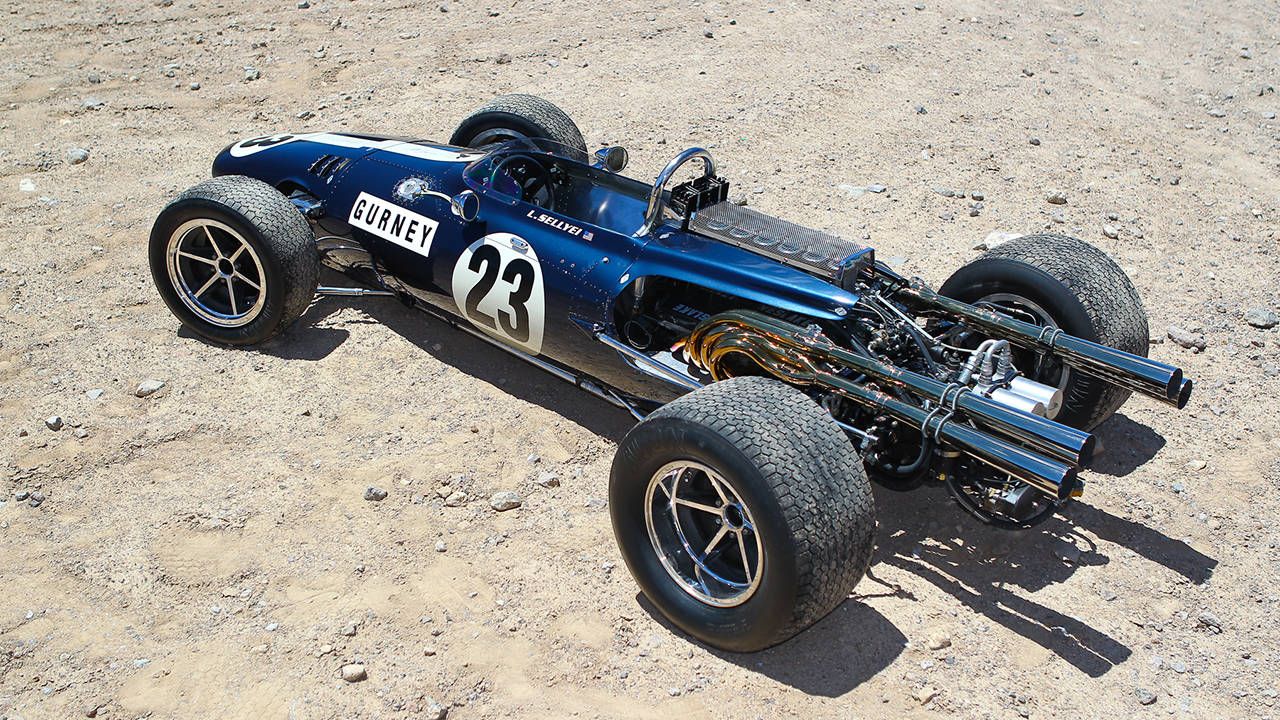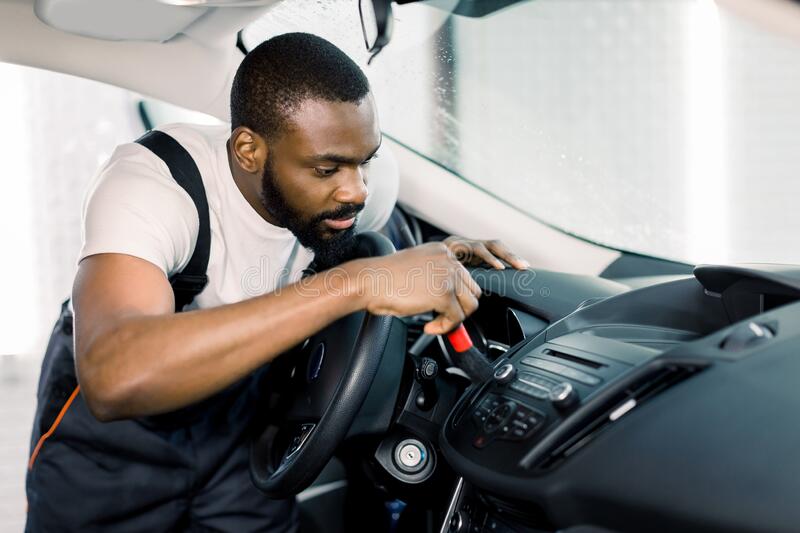
Winter accessories will be a great investment for those cold winter months. The obvious choice is snow tires. However, there are heated seats, block heating, and heated steering knob covers. These accessories will keep you warm and comfortable, as well as your passengers. You can choose from a variety of products, so you're sure to find something that suits your needs. You can read on to learn more about these accessories.
Snow tires
While you've likely heard snow tires as useful winter accessories, did you also know that they are a good way for your car to stay warm? While winter driving can be fun, it can also prove dangerous if your car is not properly prepared. If you have the right winter car accessories, your passengers will be safe and having a lot of fun. These are the top winter car accessories you should buy.

Heated seats
Heating seats for your car are a great way to drive in cold climates. These seats can melt ice fast, thanks to the special liquid. If you have vinyl or leather seats in your car, then you are well aware of how uncomfortable they can be during winter. Heating seat covers are a great option if you want to drive comfortably and stay warm.
Block heaters
Canada's block heater is an essential skill. These simple, yet effective devices have helped save more engines from freezing and allowed people to get work done on time. These heaters aren't necessary on every car, but they can reduce morning idle by keeping your engine block in good condition. Block heaters are a great option. Continue reading for more information. After you've tried one, you won't be able to live without it.
Covers for heated steering wheel
You can keep your hands warm when driving in colder areas by purchasing a heated steering-wheel cover. These covers wrap around your steering column and provide heat for up to 35 minutes. The battery life is approximately three hours. They are safe and simple to use. These winter accessories can also be used all year. Drivers can also use them in the winter months when it is too cold to put on gloves.
Custom cargo trays
Custom cargo trays are great for winter driving. Custom cargo trays help you keep your car's cargo area clean and protected from the elements. Kia cargo containers are specifically made for your car. They protect the cargo area against snow and ice. A snow and/or an ice scraper are also essential winter accessories. The scraper can be telescoping to save space and clean your windows.

Reflective red triangles
A reflective red triangle, which is useful in winter, should be included in your vehicle’s toolkit. Placed 20 metres behind the stalled vehicle, the triangle alerts other drivers that something is ahead. New York City's December pileup left 40 cars twisted in the metal after 40 cars were involved. A police report showed that there was no warning triangle found at the accident scene. However, it's never too far away to start planning your next winter car accessory.
FAQ
What is the difference in a mechanic and an auto technician?
They are both similar, but not identical. The mechanic fixes cars while the technician maintains them.
A mechanic must be skilled in manual dexterity and able to complete simple tasks quickly. A mechanic must be able diagnose and fix problems quickly and accurately.
A technician in automotive is more technical than a mechanic. They need to be able use tools such drills and wrenches, and read blueprints.
They must also be able perform complex procedures safely. They must be familiar with all types of electrical and engine systems.
They must also be able comprehend how the various parts interrelate with one another.
A mechanic typically earns less than an automotive technician. Both jobs offer many possibilities.
Is it worth learning to be a mechanic?
The answer to this question will depend on your goals for life. If you are looking for financial gain, then yes. However, if purpose and meaning are what you seek, then no.
If you don’t have any mechanical skills, it’s pointless to get into it. It will just waste your time. It will not make you rich. You won't become famous. You won't be famous.
You'd have to spend years learning how things work. It would be expensive to have your car fixed by someone else. That's why most people don't bother doing it at all. They find something more worthwhile.
To sum up, if you want to earn lots of money then go ahead. If you are looking for a fulfilling life, however, then stay clear of the mechanics' industry.
Is it hard to get a job working as an auto mechanic?
It is possible. Many garages advertise their vacancies online, and many people apply just because they think it might be fun. Try applying to a few jobs and seeing if the garages accept student applications. You could also ask your family and friends if they know anyone in the industry. They may be happy and willing to recommend someone.
What length is an automotive course?
An automotive course lasts 3 years.
The first year of your training is devoted to theory. You will learn all about cars. The second year is dedicated towards practical training. This includes learning how to drive, fix engine problems, and doing other maintenance jobs around your car. You will spend the final year working in a local garage to gain real-world experience.
What are the requirements for an automobile technician?
You must have high school, or GED, and be able to read and write well in English and math. You also need to be able to read and write well. Before you can start working, you will have to pass a written exam and take a series practical tests.
Are you a mechanic or a technician? What about part-time study?
Although a degree is not necessary, it can be helpful. Employers are more likely to hire candidates who have completed a complete degree. It shows you are dedicated and have worked hard to achieve your goals.
You can still study while working, however. Some universities allow students to complete coursework over the summer holidays and finish their studies later in the year. Others allow students to study part-time all year.
Statistics
- 52% of Mechanics in the United States think their salaries are enough for the cost of living in their area. (indeed.com)
- According to the BLS, total auto technician employment is expected to exceed 705,000 by 2030. (uti.edu)
- The U.S. Bureau of Labor Statistics (BLS) reports that the job outlook for automotive service technicians and mechanics is expected to decline by 4% from 2019 to 2029. (indeed.com)
External Links
How To
How to properly diagnose and repair your vehicle
You should first examine the symptoms your car is showing to determine if it requires repairs. Next, you can follow these steps in order to diagnose your car.
-
Check engine lights. Inspect the dashboard light indicators. These include the engine lights, the oil pressure gauge and the battery light indicators. The RPM gauge and coolant temperature gauge should also be checked. It could indicate that your vehicle is having problems.
-
Take a look at the treads. If the tires are worn out, they could cause problems with handling and braking. You should also inspect the wheel treads. They should look clean and be smooth. To do this, remove the wheels and take them out. To check the condition of your treads, use a flashlight.
-
Monitor the level and consistency of your brake fluid. You must always monitor the level of your brake fluid. This will ensure that your brakes run smoothly. Low brake fluid levels can cause brake failure when you apply pressure.
-
You should test the suspension system. Vehicles usually have a suspension system that helps absorb shocks and vibrations while driving. It improves control and allows for smoother accelerations or decelerations. You might notice a wobbly feeling or uncontrollable shaking in your vehicle if it has a problem with its suspension. Try putting some weight on your front or rear axle to determine if you have a suspension problem.
-
Examine your steering column. Steering columns are used to connect the steering wheel to the rest of the vehicle's components. Accidents often damage steering columns. You should replace your steering column if it feels loose or unstable.
-
Pay close attention to the exhaust tube. The exhaust pipe helps move gases from a combustion chamber into the atmosphere. You can let harmful fumes into your home if your exhaust pipes crack or leak. It is also important to repair any bends in your tailpipe immediately.
-
Take a look at the underside of your hood. To check for unusualities, look under the hood. Leakage of fluids in your engine could indicate that it is leaking. Also, professional technicians should be called if you detect an unusual smell coming out of your engine compartment.
-
The air filter should be checked. The air filter in your vehicle collects dirt and dust from the environment. A dirty air filter causes your vehicle to run poorly. Replace your air filter regularly.
-
Verify the fan belt. The fan belt that connects your vehicle to the transmission is called the engine fan belt. If the fan belt is damaged, the engine won’t turn. It's easy to replace the belt. You will need a screwdriver, pliers and a pair of pliers.
-
You should inspect the radiator and hoses. The radiatorhose carries water from your radiator to the engine. If it becomes cracked or damaged, it can leak hot liquid onto the engine. Repairing the hose is easy with a pair of needlenose pliers or a small wire brush.
-
Make sure you have the windshield wipers checked. Windshield wipers use electricity for snow and rain removal. If they stop working, streaks could be left on your glass. The solution is to change the washer fluid.
-
Make sure you check the cables. The battery cables provide power for the electrical systems in your car. Before you change batteries, disconnect the positive cable. Failure to do so can damage your alternator.
-
Check the headlights. Headlights help you see the road ahead. They can make it difficult to see if they stop working. Check the bulbs to see if they've burned out.
-
Pay attention to the lights. If you approach other drivers at night, lights will warn them. You could be distracted and cause an accident if one does not work.
-
Check the brakes. Before you collide with another vehicle, brakes will slow down the car. If they aren't working correctly, you could lose control of your car and crash.
-
Make sure to change the oil. Keep your engine lubricated with oil. It protects metal parts and prevents them from wearing too quickly. It is recommended to change the oil each month.